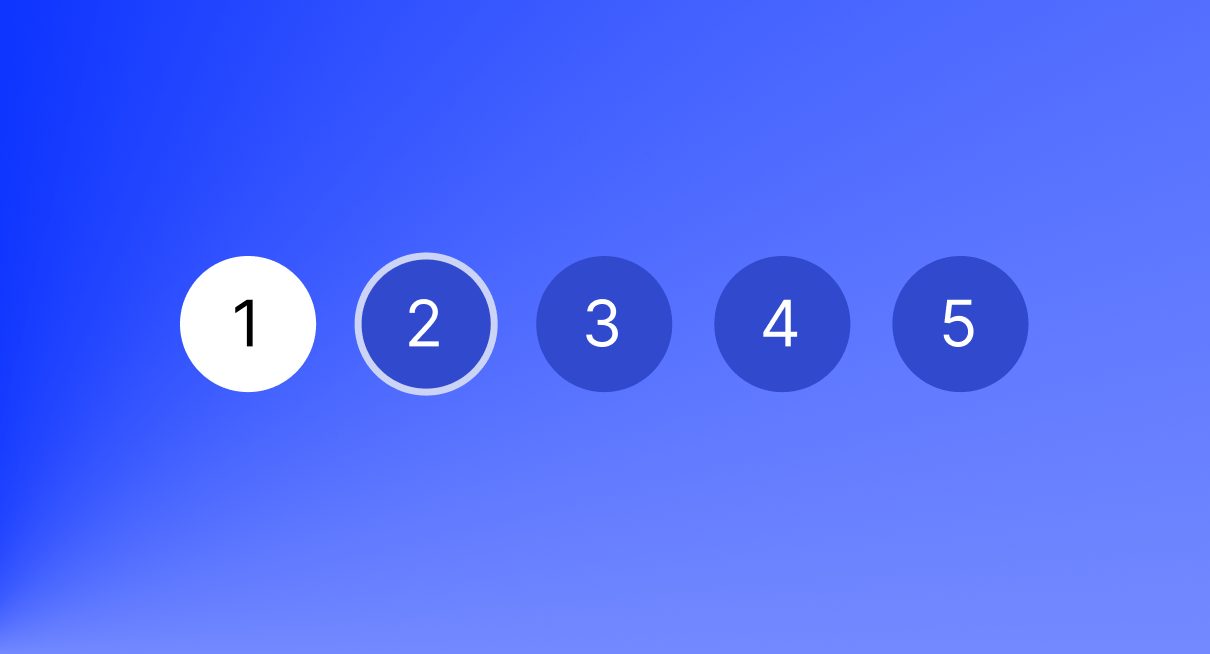Predictive Analytics in HR: Employee Retention Datasets and Turnover Forecasts

Artificial intelligence technology has long been employed across various business areas, from credit scoring for lending providers to smart data intelligence for IT companies and more. Right now, its use in human resources (HR) practices is gaining traction as the Great Resignation creates an ever more competitive job market with companies seeking to hold onto and acquire the best staff for their projects. Utilizing AI technology, such as predictive analytics models help predict future employee behavior, such as how to forecast employee turnover or build employee churn prediction models.
What Is Employee Churn Analytics?
Machine learning in HR may be a relatively new concept, but utilizing data to predict future behavior, is not. So, why should you use data to help ensure it doesn’t become a problem for your company?
Employee churn in HR describes the natural process of losing employees from the company via resignation, retirement, redundancy, health issues, personal reasons or other. Employee churn analytics look at roles that are filled and left vacant in a cycle.
Why Are Employee Retention Datasets and Losses Important for Your Company?
Knowing the data behind your staffing levels helps create a clearer picture of your business and its processes. But how exactly do employee retention datasets and the ones that examine losses help?
HR will almost always have an onboarding and an exit interview with their members of staff. However, in-between stages are often the ‘make it or break it’ time for employees. In 2020, over 63% of employees left roles for preventable reasons, such as career growth (18%), work-life balance (10.5%), job satisfaction (10%), manager issues (7.8%), environment (7.7%), and others.
By the time it comes to offboarding, many employees may have already disengaged with the company and not be forthcoming to problem solving or showing any interest in the company. Knowing the real data behind their exit can help highlight challenges and solve them—before they become an issue. Essentially, knowing employee churn analytics or
predictive analytics employee attrition can help develop a churn prediction model and reduce unnecessary losses for the company.
This has numerous benefits such as:
- Ensuring adequate staffing levels to avoid adding additional stress to current employees, leading to more losses.
- Increasing productivity and keeping morale high which leads to improved results across the company.
- Getting results due to motivated and skilled staff, which benefits stakeholders and ensures employees are more likely to remain at their current role.
- Improves company reputation and market position.
- Fosters a creative and constructive working environment, and more.
How to Forecast Employee Turnover Using Machine Learning in HR?
Whether employee turnover prediction is top of your list or you’re seeking to establish a broader picture of how to improve employee satisfaction, predictive analytics can help analyze and structure data patterns to deliver understandable outcomes. Utilizing these potential outcomes can help you develop hiring strategies and risk management practices. But how does it work?
Usually, predictive analytics tools can be onboarded in a variety of formats. The type you choose will depend on your needs, budget, and tech capabilities. But let’s take a quick look and see what’s on offer.
- Custom software—this is a fully tailored solution, built from scratch and onboarded to your company either by an internal team or outsourcing provider. One of the benefits is that it is fully customized allowing you to get the most from its capabilities, which are tailored to your needs. However, at the same time, developing such a solution can be time-consuming and expensive.
- Out-of-the-box solution—many providers are choosing to engage in out-of-the-box analytics solutions that utilize predictive analytics for a limited number of business processes. While such tools are effective and often less costly than custom software, they are limited in their capabilities and can prove difficult to fully integrate into your current tools.
- Integrated solution—the best of both worlds. Integrated modular solutions, seek to capitalize on the personalization delivered by custom software, but make it as easy to use as an out-of-the-box solution, while delivering on a fairer cost system. Such tools can be integrated into your own tech stack quite effectively and deliver analytics results in a few clicks.
For example, Gini Machine is an AI software that analyses risk and can deliver predictive analytics using no-code deployment.
Why Predictive Analytics Helps Lower the Negative Effects of Employee Turnover
Unlike more general employee turnover, understanding employee turnover prediction in HR can help companies understand why a downturn has happened. And knowing these patterns early on can help prevent them in future.
Predictive analytics can analyze past and present data, such as sales, monthly income, risks, age of employee, external factors etc. to establish patterns in behavior that may have contributed to overall employee attrition levels.
If a similar pattern is established, such as lack of raises despite inflation, this may establish the basis for a policy of wage increases dependant on current market rates. Alternatively, low attrition rates in one company area, such as marketing, for example, may indicate team satisfaction and success levels, which could be emulated throughout the company.
By assessing adequately, the positives and negatives of the situation, HR representatives can find intelligent methods to improve company culture to ensure results remain consistently high and highlight potential issues before they occur.
Onboarding Predictive Analytics and Machine Learning in HR? Start here.
Getting started with predictive analytics and machine learning, especially for HR purposes, may initially seem like an arduous task. However, it doesn’t have to be. Unlocking the secret world of employee retention datasets should be as simple as just a few clicks, via which you should be able to gain a wealth of insights into your current and past employees which will help you plan better for the future. To get started, it’s essential that you first decide which type of system you need and build a strategy around it. Remember, more expensive doesn’t always mean better quality. Instead seek out a solution that meets your needs closely and build from there.



